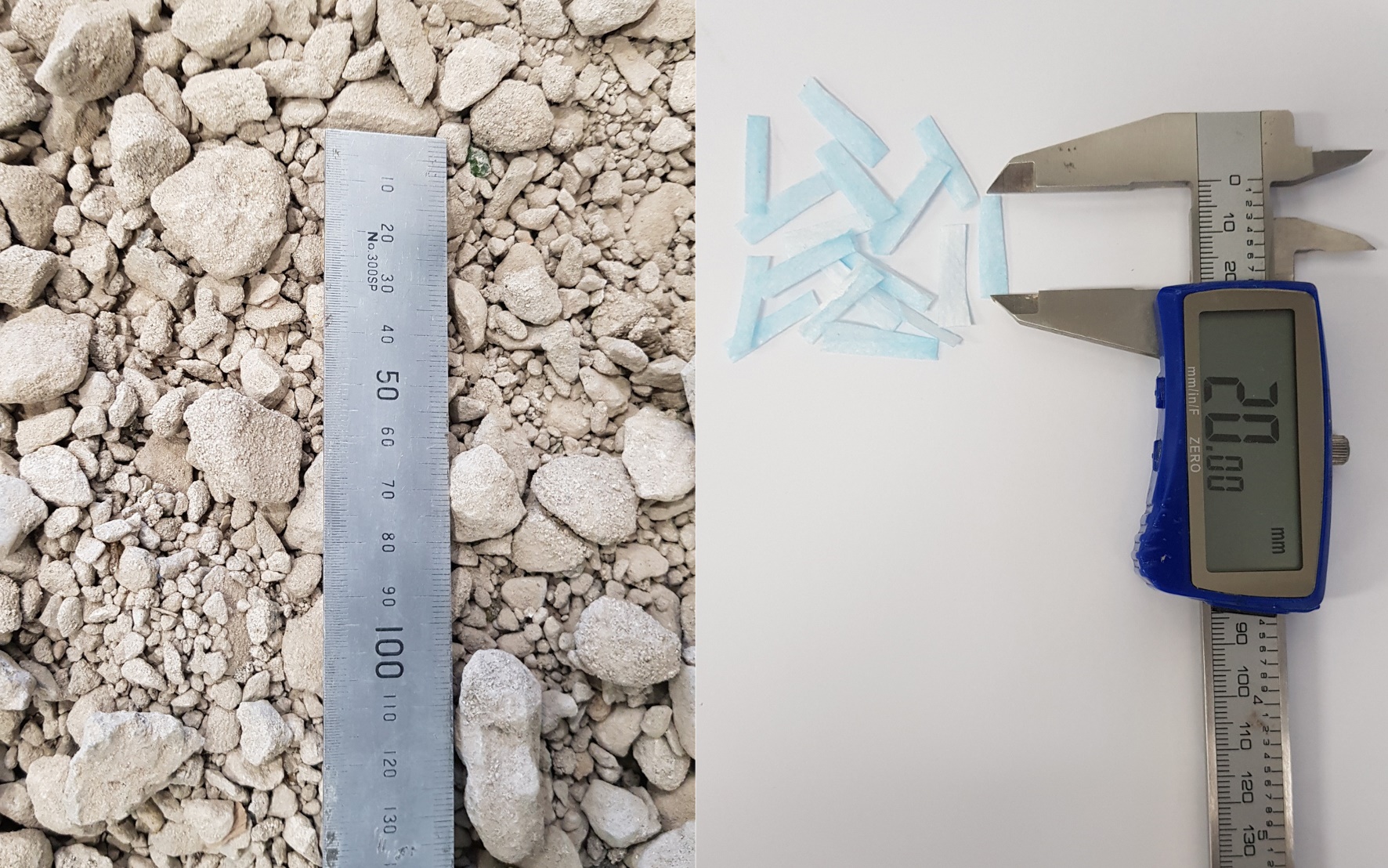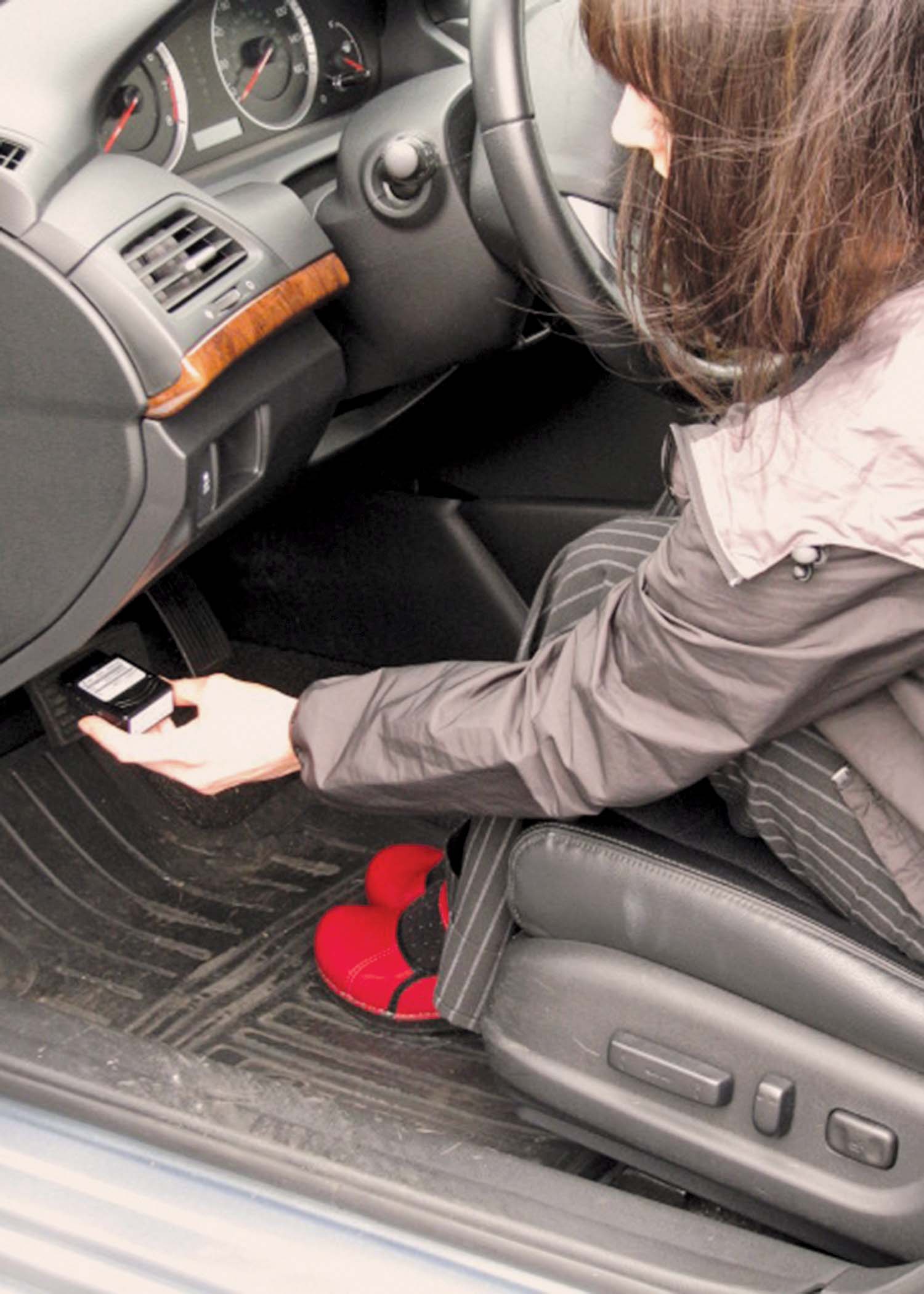A new study by civil engineers at MIT shows that using stiffer pavements on America’s roads could reduce vehicle fuel consumption by as much as three per cent, that could add up to 273 million barrels of crude oil per year, or US$15.6 billion at today’s oil prices. This would result in an accompanying annual decrease in CO2 emissions of 46.5 million metric tons.
A new study by civil engineers at MIT shows that using stiffer pavements on America’s roads could reduce vehicle fuel consumption by as much as three per cent, that could add up to 273 million barrels of crude oil per year, or US$15.6 billion at today’s oil prices. This would result in an accompanying annual decrease in CO2 emissions of 46.5 million metric tons.
The study, released in a recent peer-reviewed report, is the first to use mathematical modelling rather than roadway experiments to look at the effect of pavement deflection on vehicle fuel consumption across the entire US road network.
By modelling the physical forces at work when a rubber tyre rolls over pavement, the study’s authors, Professor Franz-Josef Ulm and PhD student Mehdi Akbarian, conclude that because of the way energy is dissipated, the maximum deflection of the load is behind the path of travel. This has the effect of making the tyres on the vehicle drive continuously up a slight slope, which increases fuel use.
The deflection under the tyres is similar to that of beach sand underfoot: With each step, the foot tamps down the sand from heel to toe, requiring the pedestrian to expend more energy than when walking on a hard surface. On the roadways, even a one per cent increase in aggregate fuel consumption leaves a substantial environmental footprint. Stiffer pavements, which can be achieved by improving the material properties or increasing the thickness of the asphalt layers, switching to a concrete layer or asphalt-concrete composite structures, or changing the thickness or composition of the sublayers of the road, would decrease deflection and reduce that footprint.
“This work is literally where the rubber meets the road,” says Ulm, the George Macomber Professor in the Department of Civil and Environmental Engineering. “We’ve got to find ways to improve the environmental footprint of our roadway infrastructure, but previous empirical studies to determine fuel savings all looked at the impact of roughness and pavement type for a few non-conclusive scenarios, and the findings sometimes differed by an order of magnitude. Where do you find identical roadways on the same soils under the same conditions? You can’t. You get side effects. The empirical approach doesn’t work. So we used statistical analysis to avoid those side effects.”
Ulm and Akbarian estimate that the combined effects of road roughness and deflection are responsible for an annual average extra fuel consumption of 7,000 to 9,000 gallons per lane-mile on high-volume roads (not including the most heavily travelled roads) in the 8.5 million lane-miles making up the US roadway network. They say that up to 80 per cent of that extra fuel consumption, in excess of the vehicles’ normal fuel use, could be reduced through improvements in the basic properties of the asphalt, concrete and other materials used to build the roads.
“We’re wasting fuel unnecessarily because pavement design has been based solely on minimising initial costs more than performance — how well the pavement holds up — when it should also take into account the environmental footprint of pavements based on variations in external conditions,” Akbarian says. “We can now include environmental impacts, pavement performance and, eventually, a cost model to optimise pavement design and obtain the lowest cost and lowest environmental impact with the best structural performance.”
The researchers say the initial cost outlay for better pavements would quickly pay for itself not just in fuel efficiency and decreased CO2 emissions, but also in reduced maintenance costs.
The study, released in a recent peer-reviewed report, is the first to use mathematical modelling rather than roadway experiments to look at the effect of pavement deflection on vehicle fuel consumption across the entire US road network.
By modelling the physical forces at work when a rubber tyre rolls over pavement, the study’s authors, Professor Franz-Josef Ulm and PhD student Mehdi Akbarian, conclude that because of the way energy is dissipated, the maximum deflection of the load is behind the path of travel. This has the effect of making the tyres on the vehicle drive continuously up a slight slope, which increases fuel use.
The deflection under the tyres is similar to that of beach sand underfoot: With each step, the foot tamps down the sand from heel to toe, requiring the pedestrian to expend more energy than when walking on a hard surface. On the roadways, even a one per cent increase in aggregate fuel consumption leaves a substantial environmental footprint. Stiffer pavements, which can be achieved by improving the material properties or increasing the thickness of the asphalt layers, switching to a concrete layer or asphalt-concrete composite structures, or changing the thickness or composition of the sublayers of the road, would decrease deflection and reduce that footprint.
“This work is literally where the rubber meets the road,” says Ulm, the George Macomber Professor in the Department of Civil and Environmental Engineering. “We’ve got to find ways to improve the environmental footprint of our roadway infrastructure, but previous empirical studies to determine fuel savings all looked at the impact of roughness and pavement type for a few non-conclusive scenarios, and the findings sometimes differed by an order of magnitude. Where do you find identical roadways on the same soils under the same conditions? You can’t. You get side effects. The empirical approach doesn’t work. So we used statistical analysis to avoid those side effects.”
Ulm and Akbarian estimate that the combined effects of road roughness and deflection are responsible for an annual average extra fuel consumption of 7,000 to 9,000 gallons per lane-mile on high-volume roads (not including the most heavily travelled roads) in the 8.5 million lane-miles making up the US roadway network. They say that up to 80 per cent of that extra fuel consumption, in excess of the vehicles’ normal fuel use, could be reduced through improvements in the basic properties of the asphalt, concrete and other materials used to build the roads.
“We’re wasting fuel unnecessarily because pavement design has been based solely on minimising initial costs more than performance — how well the pavement holds up — when it should also take into account the environmental footprint of pavements based on variations in external conditions,” Akbarian says. “We can now include environmental impacts, pavement performance and, eventually, a cost model to optimise pavement design and obtain the lowest cost and lowest environmental impact with the best structural performance.”
The researchers say the initial cost outlay for better pavements would quickly pay for itself not just in fuel efficiency and decreased CO2 emissions, but also in reduced maintenance costs.











